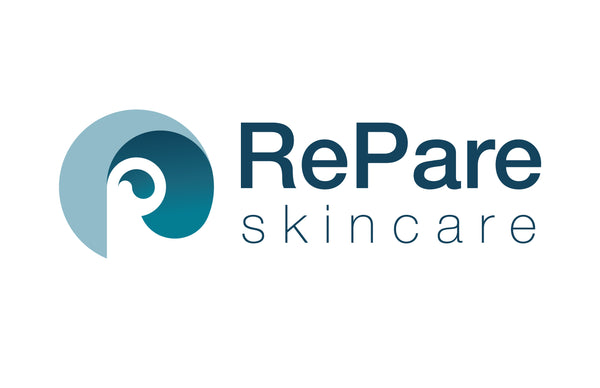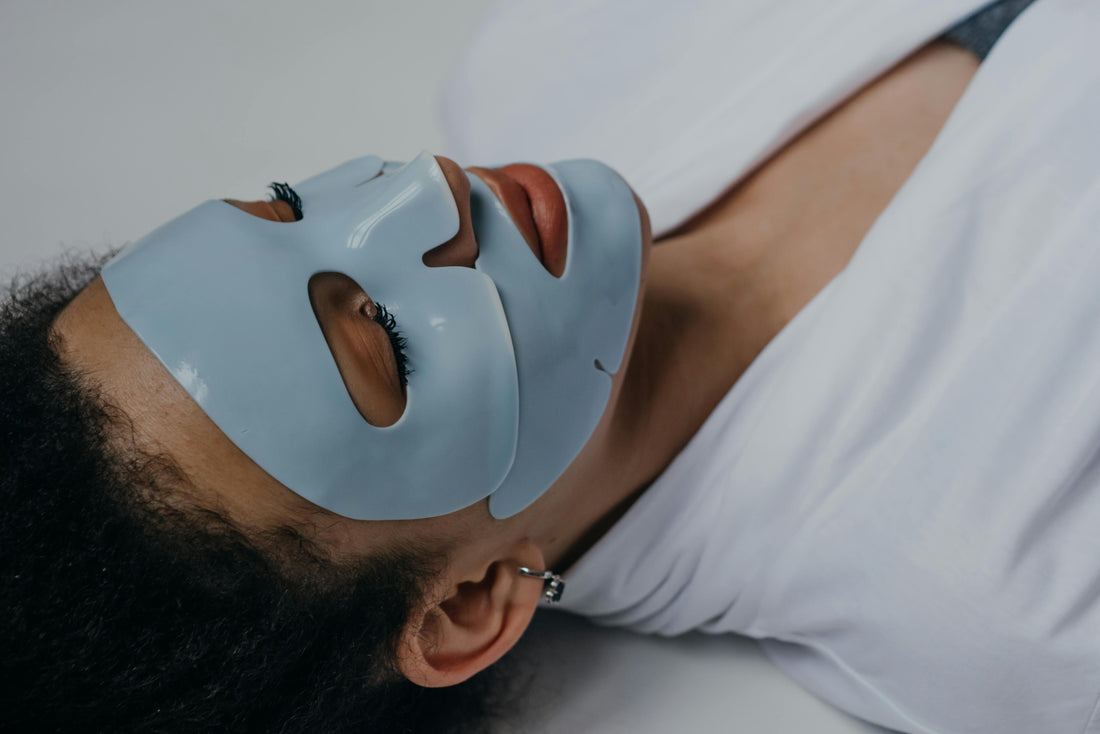Undergoing a chemical peel can feel like a bold step toward rejuvenating and revitalizing your skin. While the results can be transformative, the recovery process is often marked by redness, peeling, and sensitivity. But don’t worry—smart aftercare tips and using products like numbing cream can be your secret weapon.
By following the right skincare strategies, you can speed up recovery and enjoy your refreshed complexion sooner. Here’s a roadmap to guide you through the healing process, minimizing discomfort and maximizing the benefits of your treatment.
Understanding Chemical Peels and Their Effects on Your Skin

A chemical peel is like hitting the 'reset' button for your complexion. Carefully formulated acids exfoliate the upper layers of your skin, promoting rapid cellular turnover and encouraging collagen production. As your skin regenerates, it becomes smoother and more youthful, reducing imperfections such as fine lines, acne scars, and sunspots.
The aftermath of a chemical peel may include redness, swelling, and peeling as your old skin sheds. This is part of the rejuvenation process and a sign that your skin is healing and refreshing itself. Depending on the type of peel you choose, the depth of exfoliation will vary, but the result is a vibrant, renewed complexion.
To ensure your skin heals correctly, it’s important to follow proper post-peel care. Choosing the right products, including Repare Skincare's numbing cream for relief, can make all the difference. Always consult with your dermatologist before starting any new product in your routine.
Essential Post-Peel Care: Your Skin's Best Friends
Proper skincare after a chemical peel is crucial for recovery and optimizing the long-term benefits of the treatment. Here are the key post-peel care tips that will soothe your skin and speed up healing:
-
Hydration is Key: Keep your skin hydrated from the inside out by drinking plenty of water and using a gentle, fragrance-free moisturizer, like those from Repare Skincare’s Collection. A well-hydrated skin barrier will help minimize flaking and soothe irritation.
-
Gentle Cleansing: Use only cool water and your fingertips to cleanse your face—skip harsh wash cloths and sponges. Opt for a mild cleanser to avoid stripping essential oils from your healing skin.
-
Avoid Touching: Resist the urge to pick at peeling skin, as this can lead to scarring and uneven skin tone. Let your skin naturally shed the old layer without interference.
-
Low-Stress Skincare: Keep your skincare routine simple and gentle post-peel. Avoid scrubs, exfoliants, and active ingredients like retinol or alpha hydroxy acids until your skin has fully recovered.
-
Follow the Clinician’s Advice: Always adhere to your dermatologist’s recommendations to ensure your recovery is smooth and your chemical peel results are maximized.

The Role of Numbing Cream in Enhancing Recovery
One of the most effective ways to manage discomfort post-chemical peel is through the use of numbing creams. Repare Skincare’s Numbing Cream provides topical relief by temporarily desensitizing the skin, reducing pain, and calming inflammation. This makes it easier to endure the peeling phase without the distraction of irritation.
Before using numbing cream, always consult with your dermatologist to ensure it’s safe for your skin type and compatible with the specific chemical peel you’ve had. Apply it only as directed by your skincare professional to prevent overuse, which could disrupt the healing process.
Beyond comfort, numbing cream can help prevent you from touching or picking at your skin, a habit that can hinder recovery. By keeping your skin calm and irritation-free, you’ll give it the best chance to heal beautifully.
Long-Term Care for Lasting Results
Post-chemical peel care doesn’t stop after a few days; it requires ongoing commitment to maintain your refreshed skin. Here are some tips to keep your results long-lasting:

-
Moisturize Daily: Keeping your skin hydrated with a nourishing moisturizer is key to maintaining softness and elasticity.
-
Sun Protection: Your skin is more sensitive to UV rays after a peel, making sun protection non-negotiable. Apply a broad-spectrum sunscreen with at least SPF 30 every day to prevent sun damage and pigmentation. Repare Skincare offers an array of post-peel moisturizers that are gentle yet effective in preserving your skin’s glow.
-
Follow-Up Treatments: Consider scheduling follow-up chemical peel treatments, as advised by your dermatologist, for long-term benefits.
-
Track Your Progress: Keep a journal to note how your skin responds post-peel. This can provide insights into what’s working and help your dermatologist make any necessary adjustments to your treatment plan.
FAQ
What should I do If I experience redness or irritation?
Mild redness and irritation are common after a chemical peel. Use a gentle moisturizer from Repare Skincare to help soothe your skin. If symptoms persist, consult your dermatologist for guidance.
How often should I undergo a chemical peel?
The frequency of chemical peels depends on your skin type and goals. Typically, 3-6 treatments spaced a few weeks apart can provide optimal results. Ask your skincare expert for personalized advice.
Is It safe to apply makeup after a chemical peel?
It's best to avoid makeup for at least 24-48 hours post-peel. When you resume using makeup, choose non-comedogenic products to help keep your pores clear.
Can I go outside after a chemical peel?
Yes, but your skin will be more sensitive to sunlight. Apply sunscreen with at least SPF 30 and wear protective clothing to prevent sunburn and further damage.
Conclusion
A chemical peel is just the beginning of your skin’s transformation. Proper aftercare, such as moisturizing with gentle products and using numbing cream for comfort, can significantly affect how quickly and effectively your skin heals. Remember, the key to long-lasting results is diligence and following your dermatologist’s advice.
For optimal post-peel care, explore Repare Skincare's range of products, including the Glycolic Acid Peel for future treatments and the Numbing Cream for effective relief. Always consult with your dermatologist to ensure you’re using the best products for your skin type.
Embrace the journey to smoother, glowing skin, and enjoy the rejuvenated complexion you deserve!

